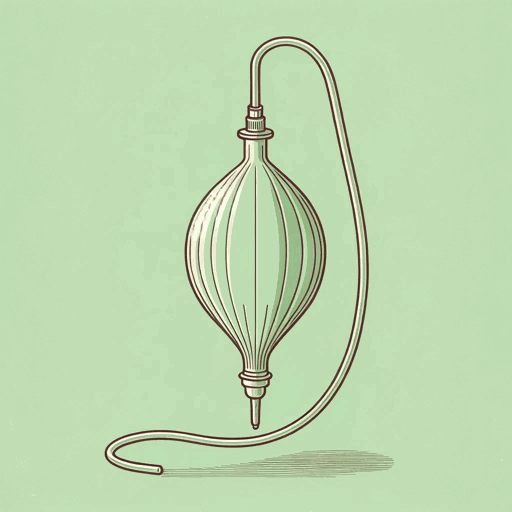45 pages • 1 hour read
MoliereThe Imaginary Invalid
Fiction | Play | Adult | Published in 1673A modern alternative to SparkNotes and CliffsNotes, SuperSummary offers high-quality Study Guides with detailed chapter summaries and analysis of major themes, characters, and more.
Symbols & Motifs
Manifestations of Illness
During his last performance as Argan in The Imaginary Invalid, Molière began to cough up blood, contradicting the play’s premise that Argan’s sickness is in his imagination. Of course, Molière’s tuberculosis was not imaginary, and he died a few hours after that performance. This unintended performance of real illness creates an interesting dichotomy between embodying genuine symptoms and embodying false ones. Certainly, a performance of Argan requires the actor to strike a balance in the humorous visibility of his symptoms. The performer must determine how consciously Argan is faking, what feels real to him, what he gains from faking illness, and what he thinks will happen if he stops. Perhaps his hypochondria reflects his intense respect for doctors, manifesting in his body as a way of reinforcing and proving his stubborn faith in them. Argan wants treatments and remedies, but he doesn’t want to be healed. When Cléante meets Argan, he attempts to compliment him by saying, “Sir, I’m delighted to see that you’re up and about and obviously so much better” (39). Toinette interjects on Argan’s behalf, preemptively feigning anger and exclaiming that Argan is most certainly not looking better: “He may eat, drink, walk and sleep like anyone else.


